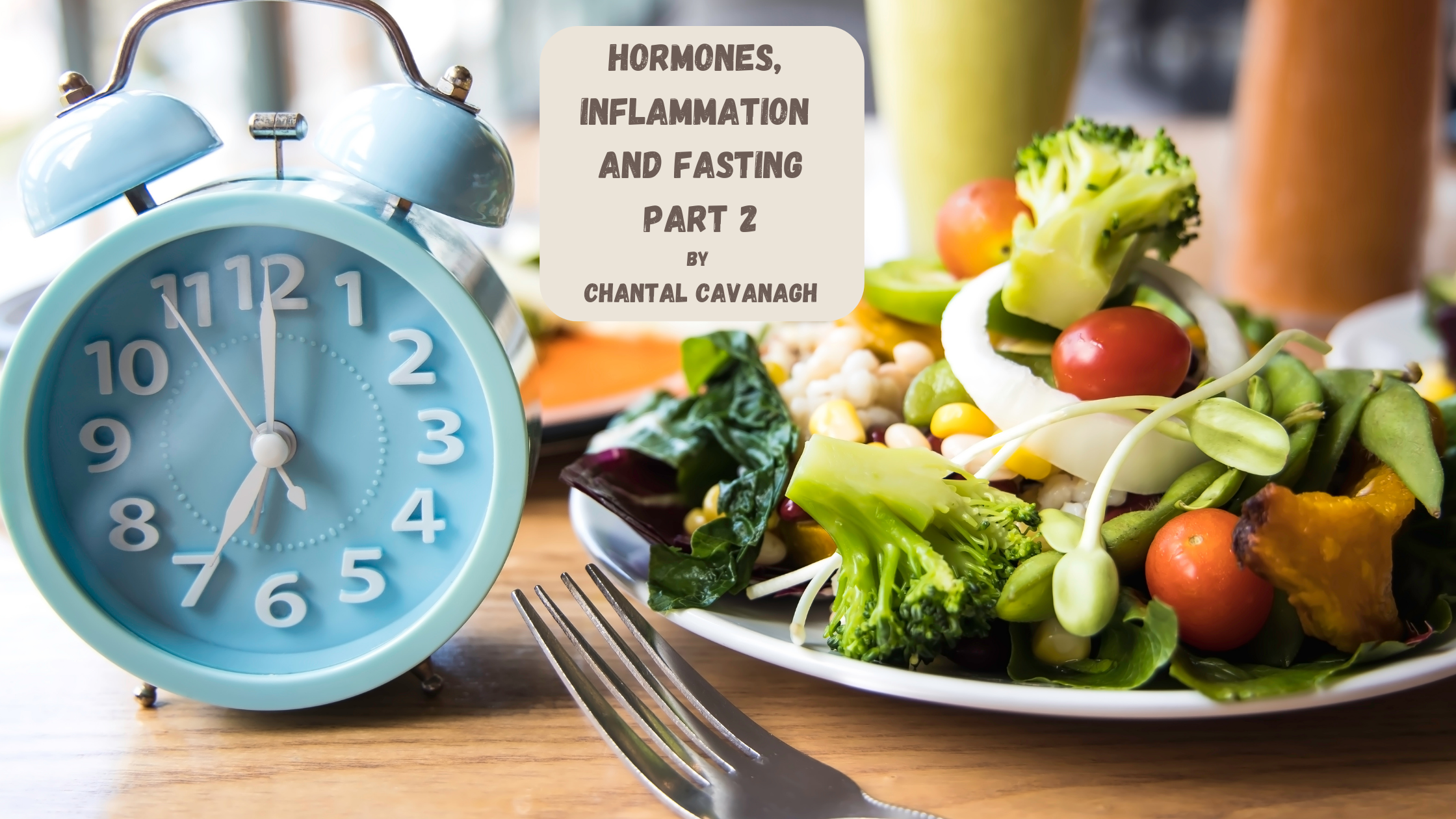During Part 1 of this blog, I discussed how research is highlighting how the female hormones play a role in inflammation and pain. Throughout our lives as females, our hormones will change and pivot from one state to the next. Keeping them balanced and in an ideal range makes sense for so many aspects of our lives as well as for physical health. In Part 2, I am going to explore how fasting may play a role in helping us mitigate imbalance and unwanted fluctuations of our sex hormones, by having a deeper understanding of our complex and wonderful hormonal system.
The key to balancing out our hormones comes down to the hormonal hierarchy. If you want to balance out sex hormones, you need to first work on balancing out the hormones that have influence over them. These are oxytocin, cortisol, and insulin.
Oxytocin is at the top of this hierarchy and for good reason- it’s the ‘feel good’ hormone and it’s released when we engage in actives such as hugging, socializing, laughing, giving to others, cuddling a pet, doing activities you enjoy, intimacy with a lover, and massage. Managing oxytocin production is key when it comes to regulating all other hormones.
Cortisol is known as the stress hormone, and it controls inflammation and blood sugar levels among so many other things.
Third in the hormonal hierarchy is insulin, which maintains blood glucose levels, regulates protein, carbohydrate and lipid metabolism, and promotes cell division and growth.
So how does this fit into our hormonal system and how could fasting help?
During the first half of the menstrual cycle (the follicular phase), the hormone oestrogen is at its highest and really needs insulin to be low, as high insulin can lead to insulin resistance, which can tank our oestrogen levels. To regulate insulin, you want to avoid foods that spike it, like refined sugar, bad fats, flours, vegetable oils, diet drinks, etc. The second part of regulating insulin is burning old insulin stored in fat and this is done through fasting.
So, what does oestrogen love? – Longer fasts and a ketogenic approach.
When the body is in a fasted state (12-72hrs) and we are leaning more into ketogenic foods at the same time, it begins a process known as autophagy. This means that old, broken down, pre-cancerous, inflamed white blood cells are flushed from the system and new, strong, healthy ones are being made. Prolonged fasting also stimulates the production of new stem cells which is truly phenomenal! These stem cells will proliferate to repair any old injuries, illnesses, or diseases in the body.
During the latter half of the menstrual cycle (post ovulation; the luteal phase), progesterone is really at its peak. If you’re in a fasted state during this time, then you are driving cortisol up even further, which places a massive amount of stress on your adrenals and causes progesterone to tank. During this time, the body also needs a little more glucose to make progesterone, so eating clean, complex carbs are needed here and prolonged fasts are a no-no. What also drives cortisol up during the later phase of the cycle? Intense physical exercise such as cardio, while low
So, what is the key takeaway here? Prolonged fasting when done safely and in accordance with cyclic hormonal spikes, has immense benefit not just for weight loss and energy but for inflammation and pain. Based on the newest science, women should consider introducing a fasting regime into their lives but take care to consider how the foods we eat and the times in which we eat them, effects our hormones, which then effect a cascade of physiological responses, namely inflammation.
Keen to kick off your fasting wellness journey but unsure where to start? Come and see me at Kundalini House and we can discuss what is happening in your body and if fasting might be beneficial. And be sure to check out the science-backed inspirational work of Dr. Mindy Pelz, Fast Like a Girl.
 Chantal Cavanagh
Chantal Cavanagh
Chantal is a Myotherapy practitioner, Reiki practitioner and explorer of health. She has extensive experience with musculoskeletal injuries, pain and rehabilitation and is tirelessly looking at how she can help her clients to heal at a deeper level. Chantal was inspired to study Myotherapy as it was a catalyst for profound physical and emotional healing for herself.



 Chantal Cavanagh
Chantal Cavanagh




Leave A Comment